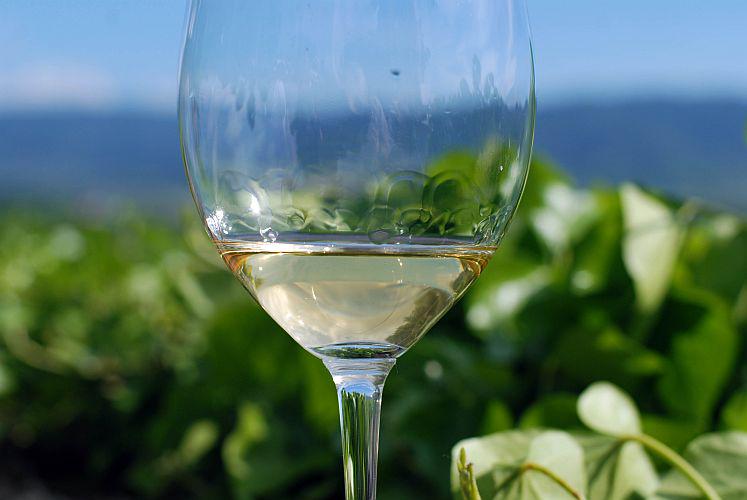

In the Roman era, the region was known for being a major wine-producing center between Central Europe and the Mediterranean. The tradition continued into the Middle Ages, when wines from Vipava Valley were valued so highly that they were awarded a special designation by nobles from the town of Gorizia; the designation meant that wines from other regions could no longer be misleadingly advertised as Vipava wines.
While much of the valley was used for the farming of subsistence crops, the sun-drenched hillsides were perfect for the growing of quality wine grapes.
In the 19th century, Slovenia’s first book about winemaking was written in the valley. A priest named Matija Vertovec used the book to call for the adoption of new winemaking techniques that would increase the quality of Vipava’s wine varieties.
Emboldened by their success, local winemakers joined forces and in 1894, they established the first winery in the Slovenian Lands. Despite dramatic political changes throughout the 20th century, the winery kept expending its wine cellars and increasing its output. It emerged as one of Slovenia’s largest wineries, a status it has maintained into the 21st century. It has also remained well-known for its quality. While primarily marketed as table wines, the varieties produced by the Vipava Winery, such as merlot and chardonnay, have won awards from Bordeaux to Montreal. Meanwhile, the Vipava Winery has become a key stop on the newly-established and increasingly popular Vipava Wine Route.
Despite the export success of the wine, mismanagement and unfavorable weather conditions – including several freezes – have hurt the winery financially and forced it to declare bankruptcy. Earlier this year, however, a group of Austrian winegrowers stepped in to save the winery. They hope not just to continue the winegrowing tradition in the Vipava Valley but also to introduce local wines to new markets, helping to further establish quality wine as one of Slovenia’s most valuable – and historic -- export brands.

































































